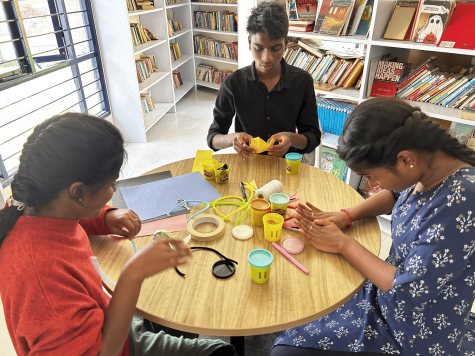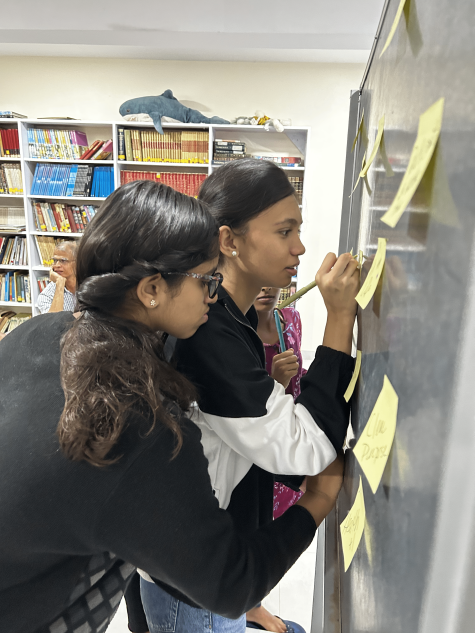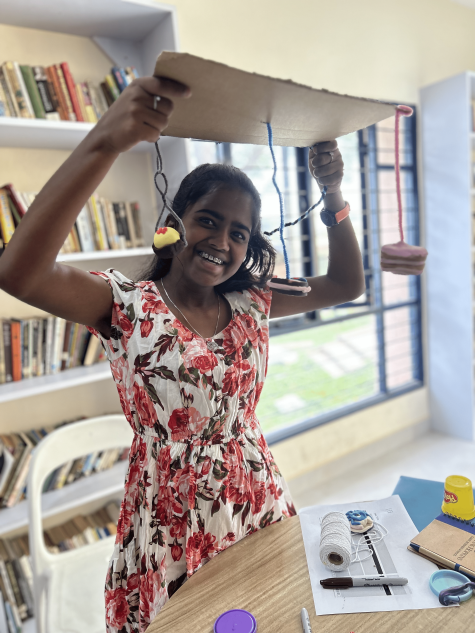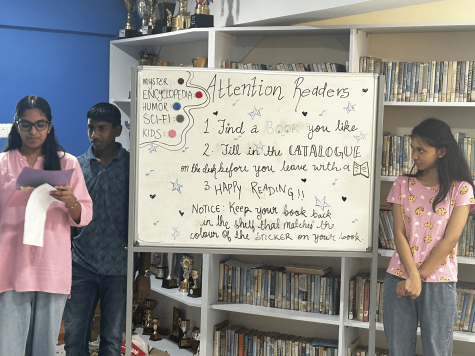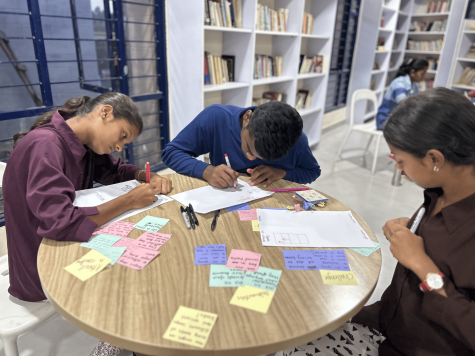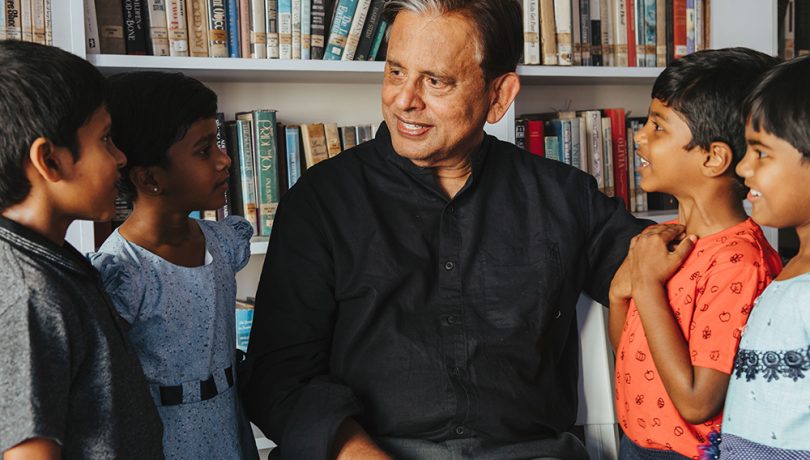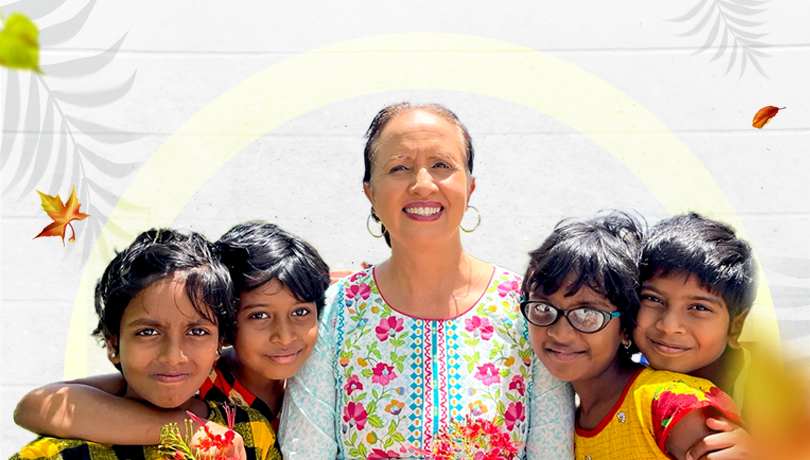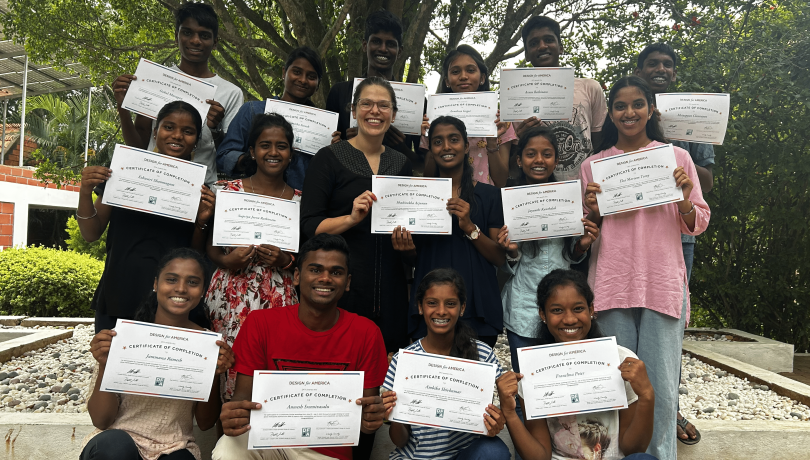
Shanti Bhavan Children’s Project collaborates with Design for America and Johns Hopkins University to introduce the power of design thinking. We strive to equip these students from southern India with the skills to combine critical thinking and creativity to bring positive change to their communities and the world.
Shanti Bhavan Children’s Project is a nonprofit organization in southern India dedicated to ending the cycle of poverty through holistic education. Over 14 years, Shanti Bhavan instills skills empowering each child to lift themselves and their families out of poverty. Beyond academic success, it shapes them into change-making leaders who’ll bring positive global change. Inspired by their potential, Design for America and Johns Hopkins University partnered up with Shanti Bhavan to explore what these remarkable students might be able to do when equipped with human-centered design tools.
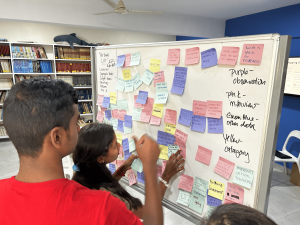
Together, we piloted a series of design thinking workshops both on campus for current students and virtually for select alumni, bolstering critical thinking skills and envisioning what equality and excellence will look like for their futures. Through a five-week internal design sprint, we immersed ourselves in Shanti Bhavan students’ stories and crafted a roadmap for the program.
Our team developed a series of workshops to spark creativity, encourage collaborative problem-solving, and aim to normalize design thinking. Our primary goals were to ensure that students would have fun, feel motivated and confident to take on challenges, and be able to apply design thinking to current and future problems with the desire to learn more!
The workshops came alive as the 11th-grade students reimagined a beloved space on campus, the school’s library, with empathy for their peers and dedicated staff, addressing stakeholders’ needs. Their dedication and enthusiasm were infectious, evident from their own words:
“You definitely can’t jump to the solution without making observations – you should learn to make decisions that are beneficial for everyone.”
The students crafted prototypes that spoke volumes about their passion and determination. From systems that would promote recommendations and motivation for reading, to a physical organization design, each solution showed the potential to create a lasting impact on their community. The students presented their solutions and each idea shared was a testament to their growing creative approaches and leadership abilities.
As one student shared,“What I’m most proud of is not the prototype itself, but the hard work behind the prototype because it taught me a lot. Many people may not know the hard work that went into the solution, but the creators know and that makes me feel proud of myself and helps me grow and develop.”
Their passion inspired teachers and administrators to embrace design thinking and the ideas proposed. As another student reflected, “Seeing our idea put into a physical form made me really proud of my thought process and how much we grew from the start of the design thinking process to the end of it.”
Beyond the school’s walls, Shanti Bhavan alumni at US colleges explored resilience, stress tolerance, and flexibility through the workshops. These are essential skills for confidently navigating new environments and positively impacting the world.
These incredible graduates shared their experiences, reflecting on their past and envisioning a brighter future. By quickly refining their problem statement, their passion for inspiring colleges to listen to international students’ experiences was ignited. The utilization of design thinking showcased a “systems thinking” approach, highlighting their willingness to challenge larger structures – such as the US education system – and their impact on individual experiences.
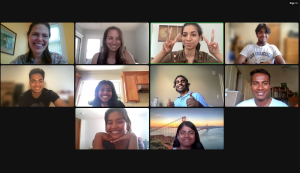
2023 Shanti Bhavan alumni, all of them rising sophomores and juniors at different US universities, at the completion of the virtual workshops
By the end of the workshops, the teams produced two prototypes designed to equip international students with the support and community needed to be successful in a new environment. One student reflected, “I really like how we defined a real-life problem that many of us could relate to… I wonder what would happen if our teams actually got together and put our prototypes to work.”
The workshops left a mark, preparing these students to apply design thinking in their future careers, making their projects more impactful and meaningful. Their motivation extended beyond the workshops, with many expressing interest in consulting with other organizations and taking further design thinking courses.
The ripple effect was evident and the potential for scalability became clear. Design thinking has proven to be a powerful tool to ignite creativity and critical thinking, empowering future leaders and changemakers. The success of this pilot has the potential to become a catalyst for change, empowering students and educators alike to reshape education practices and paving the way for future workshops and curriculum integration.
There are a few key takeaways from this journey.
-
Creativity is in all of us.
Design thinking perfectly complements the traditional and rigorous educational environment in which these students were raised. A spark was ignited when they were introduced to design thinking and creative problem solving, motivating them to dive deeper into this process that encourages more unconventional thinking.
-
Collaborating outside of our comfort zones creates a space for effective team building.
The facilitation activities encouraged students to bond with their teams. By taking up different roles, they were able to co-create solutions, comfortably share their ideas, and lean on their teammates. This allowed them to learn “team building” through practice versus theory.
-
Design thinking thrives on diversity.
Working with this age range was exhilarating because while many students are burdened with stress and struggle with the ambiguity of the future, they approached the opportunity with open arms and open minds. Collaborating with different cultures opened our eyes to a wide range of perspectives, making us more knowledgeable, empathetic, creative, and humble leaders.
Our journey with Shanti Bhavan highlighted design thinking’s transformative power to inspire change and ignite creativity. In our pursuit of empowering change through design thinking, we look forward to exploring new opportunities, further validating our success, and creating a sustainable, lasting impact on the lives of these incredible young minds. Looking ahead, we see a world of possibilities. The Shanti Bhavan Alumni Council and school administration aim to integrate design thinking into a new curriculum, promising a brighter future for generations to come.
